'THE FLAMBOYANT MR CHINNERY; AN ENGLISH ARTIST IN INDIA AND CHINA' AT ASIA HOUSE, LONDON FROM 4 NOVEMBER 2011 TO 21 JANUARY 2012

ANOTHER FLAMBOYANT ARTIST LIKE ME! I DON'T PAINT BUT A WRITER IS STILL AN ARTIST OF SORTS RIGHT?
SO WHEN I HEARD OF THIS EXHIBITION ON A CERTAIN MR CHINNERY (1774-1852) WHICH WILL BE HELD AT ASIA HOUSE IN LONDON FROM 4 NOVEMBER 2011 TO 21 JANUARY 2012, IT WAS A CASE OF NOBLESSE OBLIGE (FRENCH FOR 'OBLIGATION OF THE NOBILITY TO BE NICE TO THE PEASANTS' OR SOMETHING LIKE THAT!) FOR ME TO PUBLICISE THE WORKS OF THIS SHAMELESSLY OVERLOOKED AND NEGLECTED BRITISH ARTIST.
DESPITE HIS RATHER CHINKY NAME OF 'CHINNERY' WHICH SOUNDS ALMOST AS IF MADE-UP OR A FICTITIOUS PSEUDONYM, GEORGE CHINNERY WAS THOROUGHLY ENGLISH AND WAS NOT EVEN A FLAMINING FAGGOT AS HE WAS MARRIED AND HAD CHILDREN. AS YOU ARE SADLY AWARE, FLAMBOYANT AND FLASHILY DRESSED MEN ARE ALWAYS SUSPECTED OF BEING GAY AND I MEAN GAY AS IN A HOMO AND NOT 'MERRY'. OF COURSE THIS MAY BE TRUE IN SOME CASES AS LIBERACE, ELTON JOHN AND WRITER OSCAR WILDE COME TO MIND.
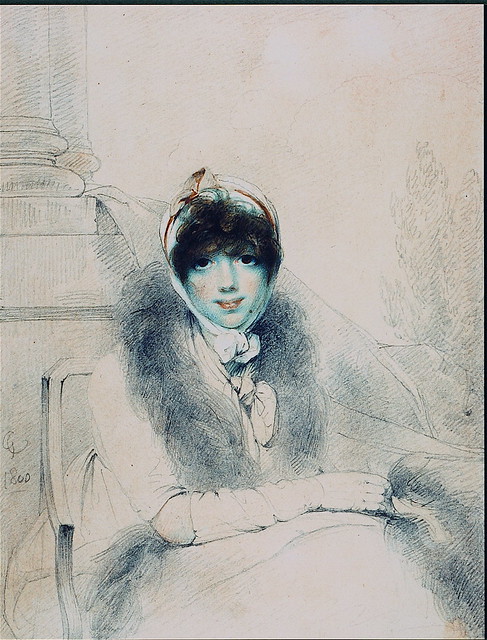
Marianne Chinnery, the artist's wife aka Miss Vigne
ANYWAY, OUR MR CHINNERY WAS A TRUE BLUE ORIENTALIST ARTIST AND WHEN HE LEFT BRITAIN FOR INDIA AND CHINA, IT WAS ON A ONE-WAY TICKET AND HE NEVER AGAIN SET FOOT ON HIS HOMELAND.
The Flamboyant Mr Chinnery (1774-1852)
An English Artist in India and China
First loan exhibition of Chinnery’s work in Britain for over 50 years
George Chinnery is one of the British artists most neglected in his native country. Whilst there have been substantial exhibitions of his work in Lisbon (1995), Tokyo (1996), Hong Kong (2005) and recently in Macau (2010), there has been no public exhibition in Britain since the Arts Council show in 1957, and prior to that a retrospective at the Tate in 1932. Therefore the forthcoming exhibition on view at Asia House in London from 4 November 2011 to 21 January 2012 is long overdue and promises to surprise and delight the visitor. The exhibition is sponsored by HSBC as part of the bank’s international Cultural Exchange programme.
Among British artists Chinnery is a most unusual case. He spent the last fifty years of his life in India and on the China coast, where he died and lies buried, and almost all his best work was done in the East. Other 'orientalist' artists from Europe might dip a toe (sometimes more) into Asia, and return to make a living by working up and recycling their sketches, but Chinnery never came back. In Calcutta, Canton and Macau he became something of an exotic creature himself – exuberant, droll, unpredictable – a man who relished his status as the oldest of old hands on the China coast.
George Chinnery was born in London in 1774, trained at the Royal Academy Schools (where Turner was a contemporary), and had early success in Ireland. In 1802 he sailed to India, where he was joined briefly – many years later – by his wife and children. Many other European artists had tried their luck in India, returning sometimes richer, sometimes poorer, but Chinnery’s career followed a different course. He spent twenty-three years in India where, despite many lucrative commissions, he became hopelessly enmeshed in debt. Unable to return home, he sailed to the China coast to evade his creditors. Against all the odds, he lived on for another twenty-seven years within the expatriate community at Macau, Canton and, for a short while, Hong Kong. Productive to the end, he was sought out by travellers who wanted to imitate his drawings and to meet the eccentric genius of the China coast.
Portrait of a young boy with drum
The Kirkpatrick Children
Palanquin bearers resting
Tom Raw sits for his portrait
Tom Raw Visits Chinnery in his studio
Figures by a ruined tomb in Bengal
Head of a Bengali man
Portrait of Mowqua (hey, maybe this name inspired Moquai in The Gremlins as the old man who owned the original, nice gremlin was a chinama!)
Macau panoramic view
Chinese street scene
Chinese junk at anchor
Chinese traders
A fisherman carrying his net
At his best he was a splendid artist. For a living he painted portraits of swaggering lieutenants, hoary governors and their beribboned wives, American sea-captains, and Chinese and Parsi merchants. George Chinnery immersed himself in these Asian cultures and his drawings and watercolours of local people and their daily activities are regarded by many as his most compelling work: crowded market scenes, fishermen landing on the beach, blacksmiths working at their bellows, gamblers playing in the street, boat-people making makeshift shelters, junks at anchor on a calm evening.
The exhibition comprises some 100 works showing Chinnery’s range, from oils and watercolours to landscapes and portraits, with a special emphasis on his vivid and deceptively simple watercolours, and his fluent drawings of the people going about their everyday lives. Also included are a group of his self-portraits, presenting ‘the ugliest man on the China coast’ as he regarded himself, at varying ages and in contrasting states of mind.
Exhibits will be drawn from major UK institutions such as the British Museum, Victoria and Albert Museum, National Portrait Gallery, British Library, The Courtauld Gallery, as well as from private collections and HSBC’s corporate art collection. The majority of the loans have not been seen by the British public before.
One of the earliest works in the exhibition is an appealing pencil and watercolour portrait of Marianne, whom he had married in Dublin in 1799, which contradicts his later claims that she was extremely ugly.
Both George Chinnery and Marianne appear, thinly disguised, in Clavell’s hugely successful novel Tai-pan as ‘Aristotle Quance, genius of the brush and inveterate philanderer...and his domineering Irish wife, Maureen…’. A portrait of the Kirkpatrick children has a poignant story. The children of privileged and wealthy parents of different races, their father was Colonel James Achilles Kirkpatrick, a powerful figure at the Hyderabad court, and their mother Khair un-Nissa was Indo-Persian. They were painted by Chinnery shortly before being sent to England, never to see their parents again, and their story is told by William Dalrymple in his book White Mughals. Colonel Kirkpatrick died soon after they left and his widow travelled a thousand miles to see his grave, the portrait travelling with her on the back of an elephant.
One of Chinnery’s most impressive works is the portrait of the ‘hong merchant’ known as Mowqua, a prominent member of the ‘co-hong’, the group of Chinese merchants appointed to deal with the foreign merchants and take responsibility for their behaviour. Mowqua, described as ‘a great character’, was regarded as the second-ranking Hong merchant after Howqua, the companion portrait of whom is also included in the exhibition. Here he is shown lounging in his chair which contrasts the more formal pose of his compatriot.
The exhibition also includes works by Chinnery’s contemporaries such as the pen and watercolour drawing of Tom Raw visits Chinnery in his studio by Sir Charles D’Oyly (1781-1845), illustrating the long satirical poem about the innocent young cadet newly arrived in India. Having your portrait painted by Chinnery was a rite of passage! However, according to D’Oyly, Chinnery liked ‘landscape painting a thousand times better than portrait painting’ and this is evident in the group of Figures at the water’s edge by a ruined tomb, Bengal and the stunning panoramic view of Macao. The latter is a study for an oil painting, also in the exhibition, and contrasts the more intimate studies of street traders and fishermen.
Zarir J Cama, Group General Manager, Group Management Office, HSBC Holdings plc, commented: ‘HSBC is proud to support the first UK exhibition of Chinnery’s work in more than 50 years and especially pleased to contribute pieces from our own corporate collection. With strong links to the countries where Chinnery lived and worked, this sponsorship is an important addition to the bank’s global Cultural Exchange programme. Cultural Exchange reflects our belief that by understanding a country’s culture, stronger international business relationships can be built.’
The exhibition is curated by Dr Patrick Conner who was formerly Keeper of Fine Art at the Royal Pavilion, Art Gallery and Museums, Brighton. He is currently Director of the Martyn Gregory Gallery, London, specialists in historical paintings related to the China Trade. Dr Conner’s publications include Oriental Architecture in the West and George Chinnery, artist of India and the China Coast. His most recent book is entitled The Hongs of Canton – Western Merchants in South China 1700-1900. He has curated a number of loan exhibitions exploring the relationships between 'Eastern' and 'Western' cultures, including The China Trade 1600-1860 (Brighton, 1986), and Impressions of the East. The Art of George Chinnery (Hong Kong Museum of History, 2005).
WE ARE GRATEFUL TO HSBC FOR DOLING OUT THE CASH TO SPONSOR THIS EXHIBITION SO READ ABOUT THEIR BOY SCOUT GOOD DEEDS BELOW
HSBC Holdings plc, the parent company of the HSBC Group, is headquartered in London. The Group serves customers worldwide from around 7,500 offices in 87 countries and territories in Europe, the Asia-Pacific region, the Americas, the Middle East and Africa. With assets of US$2,598bn at 31 March 2011, HSBC is one of the world’s largest banking and financial services organisations. HSBC is marketed worldwide as ‘the world’s local bank’.
HSBC Cultural Exchange is the bank’s global cultural sponsorship programme. As the world’s local bank, HSBC works with its clients across 87 countries worldwide, encouraging the exchange of ideas across different cultures to generate and strengthen international business relationships. Since its launch in 2008 HSBC’s Cultural Exchange programme has embraced culture in its widest sense in more than 25 countries – from fine art to cuisine, from language and literature to dance, street arts and all forms of music. In 2011/2012 the focus is on the Middle East, with a programme titled ‘Arabian Journeys’.

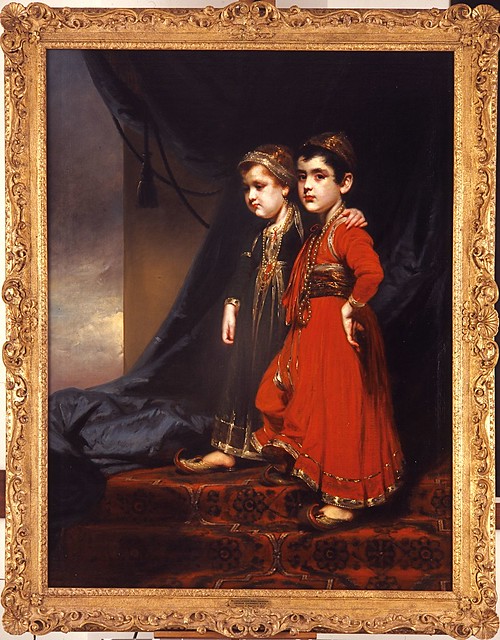

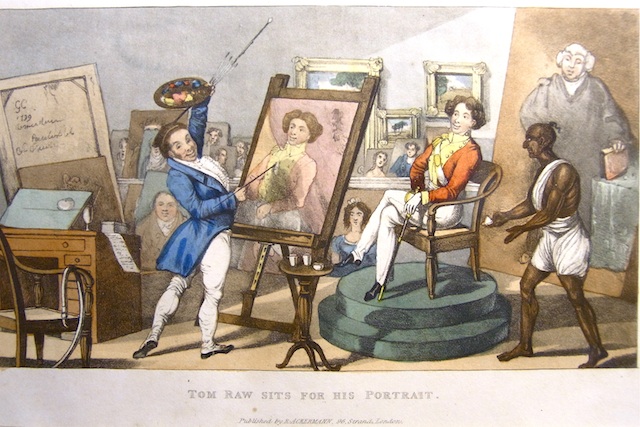

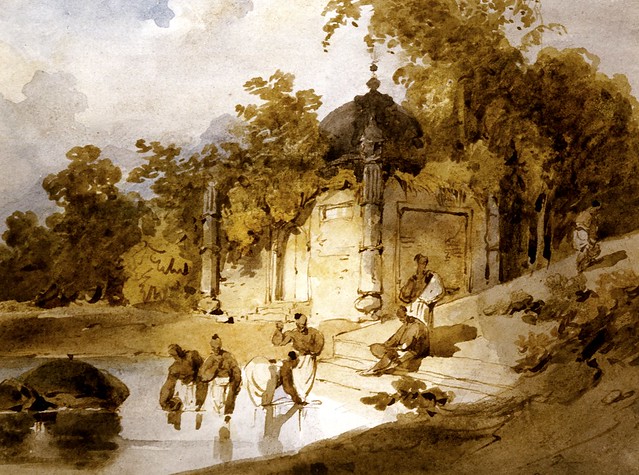
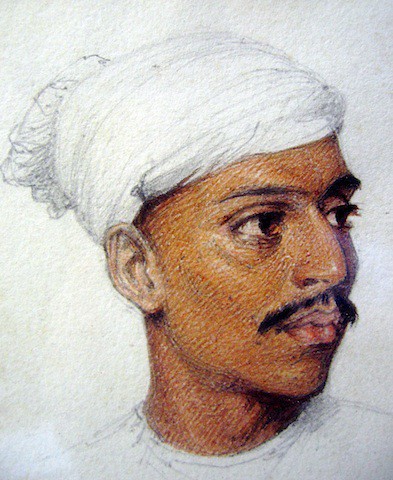
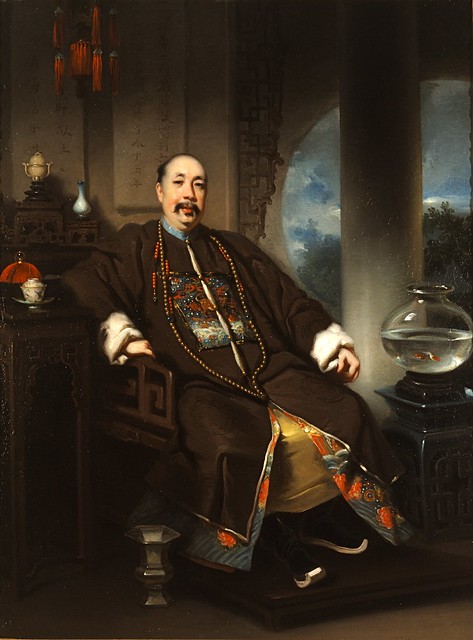
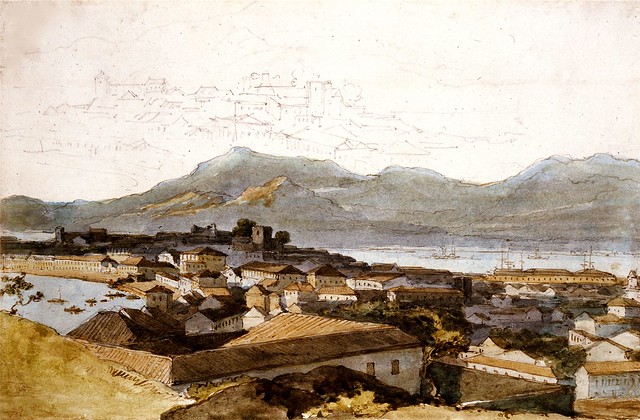
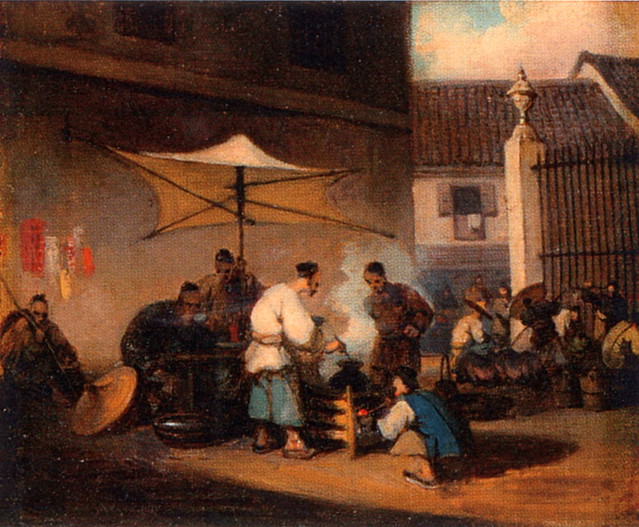
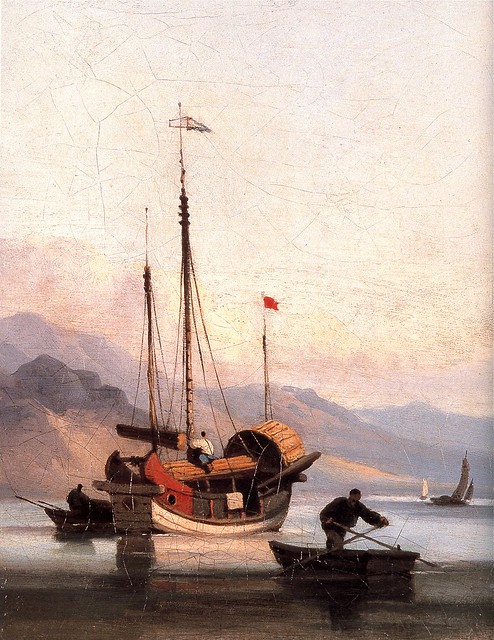
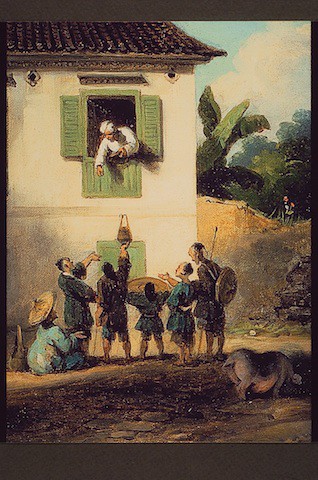
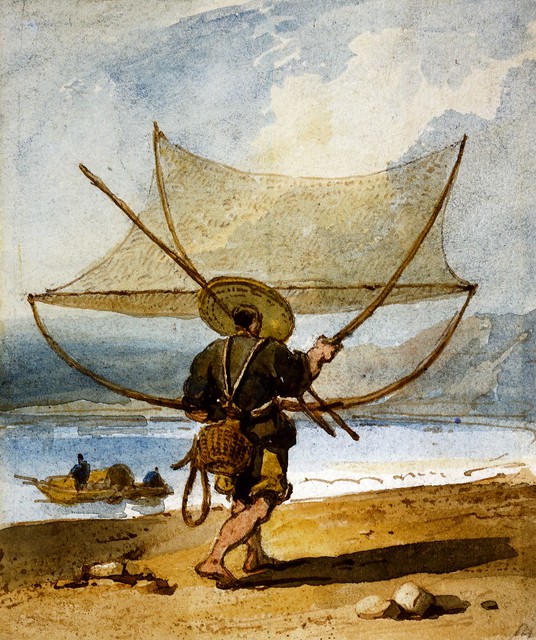
No comments:
Post a Comment